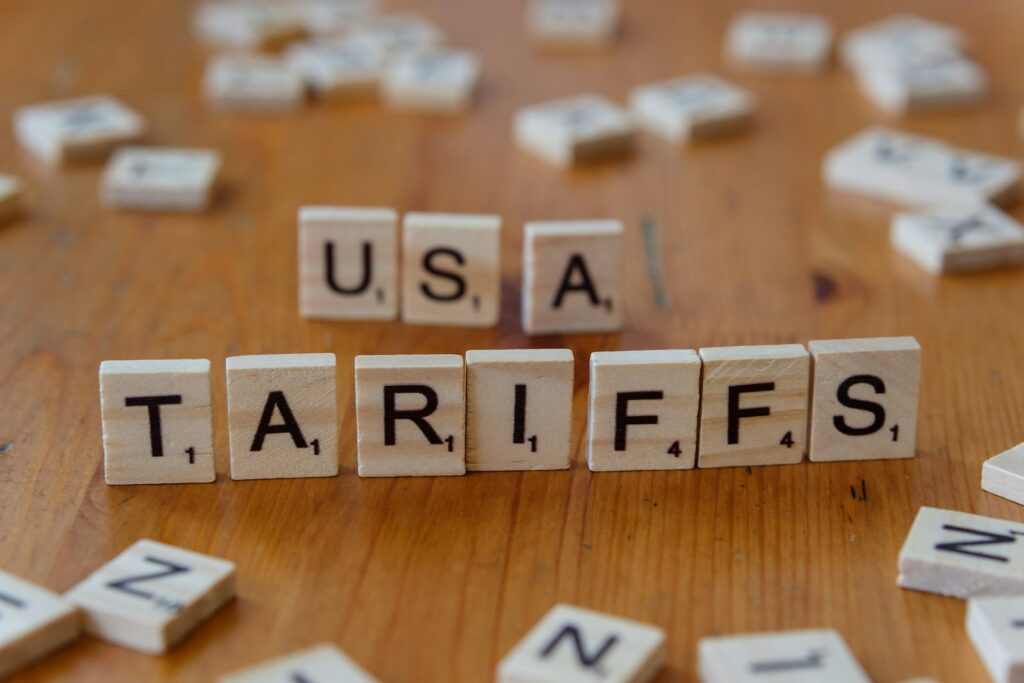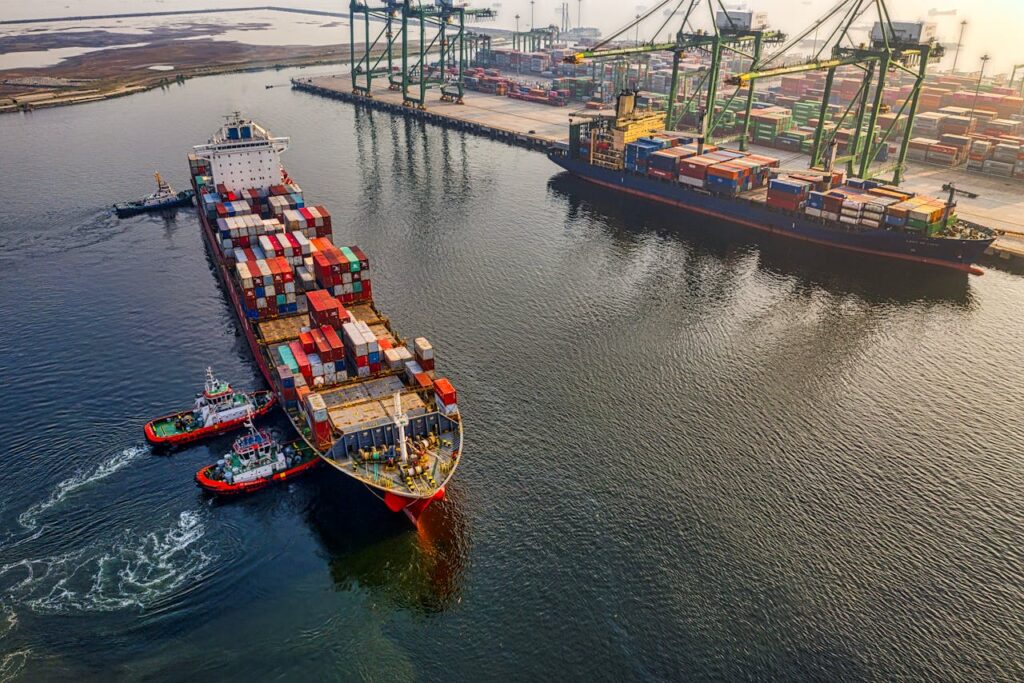Potential Reasons Americans May Not Receive the Proposed $2000 Tariff Payments

The idea of a $2000 payment arriving in the pockets of nearly every American citizen has generated a wave of curiosity and speculation across the country. With ongoing discussions around tariff based dividends and the proposed distribution of revenue from increased duties on foreign imports, the promise has become a major talking point in households and political circles alike. Yet the distance between a bold announcement and a fully realized government payout is often wide.
This article dives into the policy realities behind the proposal and examines why many Americans may ultimately not receive the widely discussed $2000 check. Drawing on reporting from CNN, and PBS, we break down the logistical, economic, administrative, and political hurdles that stand in the way of transforming the promise into a practical large scale program.
The goal here is not to endorse or challenge the idea but to offer a clear picture of what this proposal entails. Through a policy impact analysis blended with neutral and explanatory reasoning, we explore four key reasons these payments may not materialize as many expect.

Limited and Uncertain Revenue from Tariff Collections
The first major challenge lies in the basic math behind tariff revenues. As reported by CNN, the projected funds from proposed expanded tariffs fall significantly short of what would be required to send out two thousand dollars to nearly all Americans. The idea of a tariff dividend sounds straightforward in theory but becomes far more complex when the actual numbers come into play.
According to the reporting from PBS, tariffs generate revenue only when imports continue to flow at expected levels. This means the government depends on a steady stream of goods entering the United States from targeted countries. However, when tariffs rise, foreign exporters and domestic consumers often adjust behavior to minimize costs which can lower the volume of imports. Fewer imports directly reduce tariff revenue and this creates a shortfall that would ultimately limit the government’s ability to fund large scale payments.
Axios points out that even in optimistic scenarios where tariffs remain high and import levels remain stable, the resulting revenue would not be enough to meet the promise of two thousand dollars per person. If the government were to distribute all available tariff revenue equally, the amount per citizen could be substantially smaller than originally suggested. This creates a situation in which the promise of a universal payment is not aligned with economic reality.
The entire concept relies on the assumption that tariffs can act as a reliable funding stream for consumer payments. But tariffs function more like a fluctuating tax on international transactions rather than a stable revenue source. Because of this, the gap between the funds needed and the funds likely to be collected becomes the first major barrier preventing mass distribution of the proposed checks.
Administrative and Logistical Barriers in Implementing a Nationwide Payment Program
Another significant obstacle involves the administrative machinery required to actually send out large scale government payments. While pandemic era programs such as stimulus checks and expanded unemployment insurance created systems that distributed money quickly, those systems were temporary and have not been maintained at the level needed for spontaneous mass payouts.
CNN’s reporting highlights that the Treasury Department and Internal Revenue Service would need significant preparation time before launching any kind of nationwide distribution effort tied to tariff revenues. These agencies would face challenges related to verifying eligibility since projections around who qualifies for the payments have not yet been clearly defined. An unclear definition of eligibility creates a bottleneck in processing and delays the distribution timeline.

PBS notes that during prior stimulus efforts the IRS faced backlogs, communication challenges, and large scale technical issues. Those same challenges could easily reemerge if a new payment program were attempted. Staff shortages, budget constraints, and competing priorities would all play a role in slowing down the program. Administrative capacity is not a small detail in a project of this size and becomes a crucial limiting factor.
Axios also emphasizes the point that building a long term mechanism for tariff based payouts has not been formally planned. Without legislative support and without structured funding to create a stable administrative pipeline, the program becomes an enormous undertaking. The government cannot rely on temporary systems and would need to create a durable infrastructure to repeatedly manage and disburse payments. The complexity of such an operation further contributes to the likelihood that large scale payments may not arrive.
Political Uncertainty and Legislative Hurdles
The political landscape adds another formidable barrier. Even if the President proposes sending out two thousand dollar payments, Congress holds substantial power over government spending and program creation. This means the proposal requires approval, debate, and likely modification before it becomes law.
PBS points out that lawmakers from both parties have questioned the long term economic impact of tying essential household payments to fluctuating tariff revenue. Some argue that it creates uncertainty for families while others argue that it introduces financial volatility into the federal budget. With such concerns raised by a broad political spectrum the proposal faces significant legislative scrutiny.
CNN’s reporting notes that previous discussions around direct payments have often been politically divisive. Issues such as income thresholds, budget scoring, long term deficits, and alternative policy priorities can all become major sticking points. When multiple interests converge on a high profile policy idea it is common for negotiations to drag on or for the final policy to look very different from the original suggestion.
Axios underscores that if Congress were to revise the proposal the final amount sent to households may be lower than two thousand dollars or may be targeted instead of universal. Political compromise often reshapes ambitious proposals into smaller or narrower programs. As a result even if some form of payment program eventually emerges it may not reflect the initial promise.
The legislative process is essential to the creation of any large scale government program and political realities make it challenging to pass sweeping direct payment proposals. This political uncertainty is a key factor explaining why many Americans may not see the promised money arrive.

Competing Economic Priorities and Budget Constraints
Another issue that limits the likelihood of a universal two thousand dollar payment is the federal budget environment. The United States faces multiple spending obligations and long term financial pressures including Social Security funding gaps, healthcare costs, infrastructure needs, and defense commitments. In this larger context the idea of distributing a large portion of tariff revenue directly to households becomes less straightforward.
CNN suggests that policymakers may choose to direct tariff revenue toward deficit reduction or targeted economic programs rather than blanket payments. Tariff based revenue can also be used to offset the economic impact of trade wars which can increase costs for businesses and consumers. Because the government must balance multiple priorities direct dividend payments may not be viewed as the most strategic use of limited funds.

PBS explains that economic advisors often emphasize the importance of long term planning when considering new revenue sources. If tariff revenue is unpredictable or volatile then integrating it into a dependable payment program may create fiscal risk. Government officials may conclude that stabilizing the budget or expanding targeted social programs better aligns with economic goals.
Axios adds that in practice revenue tied to tariffs often gets absorbed into broader economic management rather than distributed directly to individuals. Past attempts to tie tariffs to specific benefit programs have shown that political and budgetary pressures often redirect these funds elsewhere. This creates a higher likelihood that tariff revenues will be used for multiple competing priorities instead of household checks. The combination of fiscal pressures and shifting economic priorities significantly reduces the probability that the promised payments will become a reality.
Misalignment Between Public Expectations and Policy Mechanisms
A final major reason these payments may not arrive lies in the gap between public expectations and how tariff based policies function in practice. Many Americans have interpreted the announcement as a guarantee of widespread financial support. However the mechanism behind such support remains unclear and does not match how tariff revenues are normally processed.
Tariff revenues typically flow into the general federal budget rather than being earmarked for specific payouts. This means that transforming tariff funds into direct payments would require new legislation administrative realignment and sustained policy commitment. Without these foundational structures the promise remains aspirational rather than operational.

PBS notes that expectations around timing pose another challenge. Many people assume payments would arrive quickly but tariff revenue accumulates over time and fluctuates based on trade patterns. If imports decline or trade partners respond with their own countermeasures then revenue could drop even further slowing or even halting the flow of funds needed for any widespread payment program.
Axios highlights the risk of miscommunication especially when political messages reach the public before policy details are ironed out. When complex fiscal ideas are condensed into short announcements the resulting expectations can exceed what policy mechanisms can realistically support. This creates uncertainty and can lead to public frustration.
The misalignment between how the public interprets the promise and how tariff based programs actually operate forms a substantial barrier. Without structural changes clear messaging and formal program development the concept remains difficult to implement.
Final Analysis: Understanding the Barriers to the Tariff Funded Payout
The idea of direct two thousand dollar tariff funded payments has sparked national conversation. While the proposal taps into understandable desire for economic relief the pathway from concept to implementation is filled with challenges. Limited revenue unpredictable import patterns administrative capacity issues political barriers and competing economic priorities all stand between the promise and its fulfillment.
This analysis does not argue for or against the proposal but aims to explain why many Americans may ultimately not receive the payment. Understanding the realities behind government programs helps citizens engage more thoughtfully in public discussions evaluate policy ideas with clarity and consider the long term consequences of major fiscal decisions. Whether or not the payments ever materialize the public conversation around them can encourage deeper awareness of how national economic policy intersects with everyday life.
Featured Image Credit: Courtesy of Karola G | Pexels
Loading...

